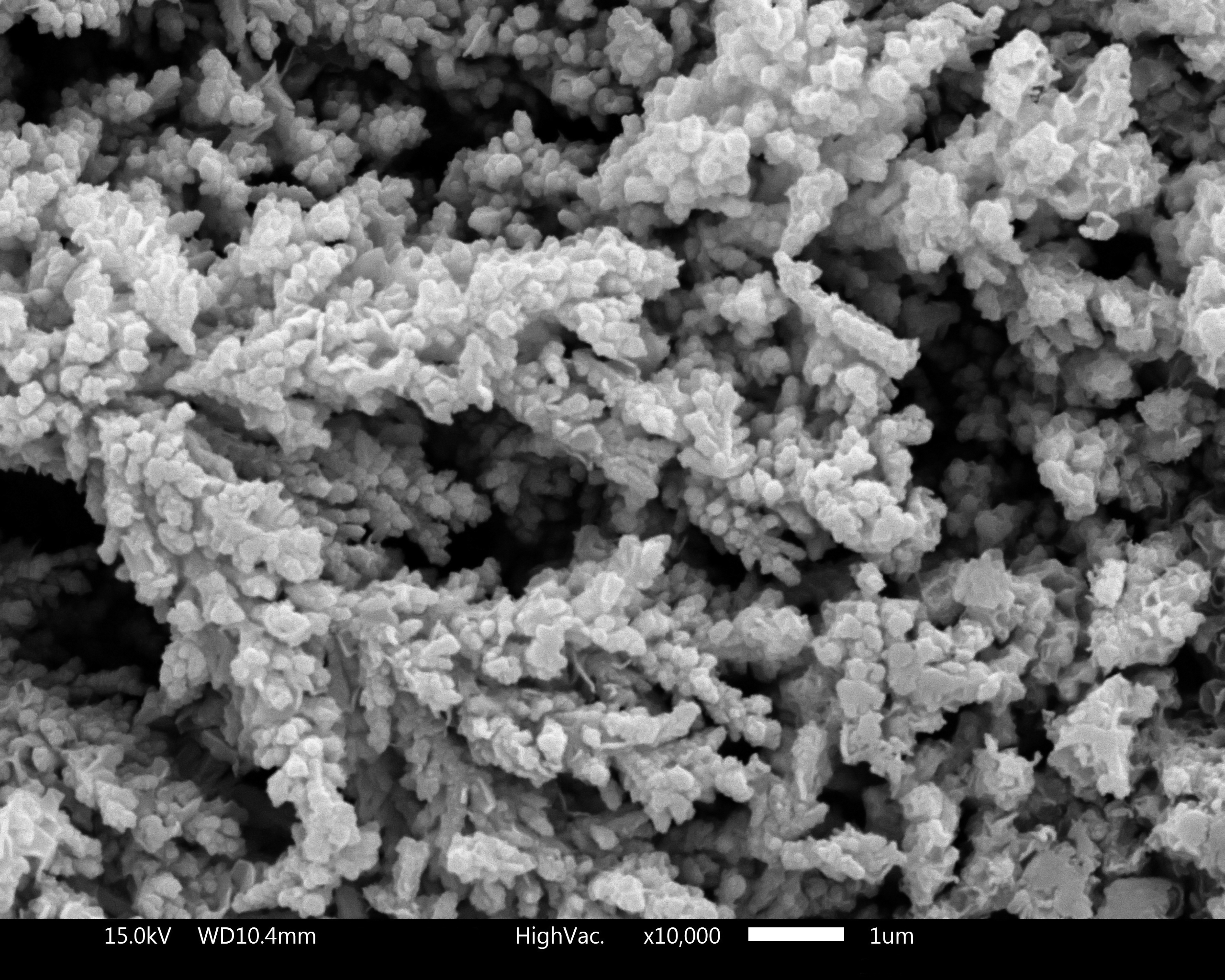Low-pressure plasma applications are pivotal in the advancement of materials science and surface engineering. They offer unparalleled precision and control in the modification and synthesis of surface coatings and films.
High Power Impulse Magnetron Sputtering (HiPIMS), Diamond-Like Carbon (DLC) coatings, plasma etching, Atomic Layer Deposition (ALD), and Pulsed Laser Deposition (PLD) coatings stand at the forefront of these technologies. The efficacy and efficiency of these processes are intrinsically linked to the underlying gas-phase dynamics. These govern interactions at molecular and atomic levels.
This blog delves into the central role of gas-phase dynamics in these applications. To do this, it elucidates the complex interplays that enable the remarkable capabilities of low-pressure plasma technologies.

Creating Low-Pressure Plasma
To make low-pressure plasma, you must undertake the following process:
- A vacuum chamber is evacuated
- A process gas is added
- The chamber is maintained at a low pressure
- The gas is excited to form a plasma
High Power Impulse Magnetron Sputtering
HiPIMS technology harnesses the power of high-density plasma to sputter target materials, resulting in thin films with exceptional adhesion, density, and uniformity.
The gas-phase dynamics in HiPIMS are critical. With the ionisation of sputtered ions within the plasma comes an enhancement of energy and momentum transfer processes. This ionisation leads to a denser, more energetic plasma. As a result, it can influence the nucleation and growth mechanisms of the deposited films.
The control over gas-phase dynamics directly impacts the phase formation, microstructure, and properties of the coatings. Therefore, it has become a central aspect of HiPIMS technology.
Diamond-Like Carbon Coatings
DLC coatings are renowned for their hardness, wear resistance, and low friction. You can find their applications in automotive, aerospace, and medical devices. The deposition of DLC coatings through plasma-enhanced chemical vapour deposition (PECVD) shows the significance of gas-phase dynamics.
With the fragmentation of hydrocarbon gas molecules in the plasma phase, and the subsequent formation of carbon-rich radicals and ions, this dictates the structure and properties of DLC coatings.
Additionally, the manipulation of gas-phase conditions is essential for tailoring the mechanical and tribological properties of the coatings to specific applications. An example of this includes the ratio of sp² (graphitic) to sp³ (diamond) bonded carbon.
Plasma Etching
Plasma etching is a cornerstone technique in semiconductor manufacturing, enabling the precise patterning of materials at the nanoscale. Gas-phase dynamics in plasma etching is multifaceted. It involves the generation, diffusion, and reaction of etchant species within the plasma.
The selection and control of etching gases, their flow rates, and the plasma parameters are crucial for achieving the following in etching profiles:
- High selectivity
- Anisotropy
- Aspect ratio.
Gas-phase dynamics also determine the etch rate, uniformity, and minimisation of damage to the substrate. This underscores their central importance in plasma etching processes.
Atomic Layer Deposition
ALD is a vapour phase technique used for the deposition of ultra-thin, conformal films. These have atomic-level control over thickness and composition. The sequential exposure of the substrate to precursor vapours and reactant gases epitomizes the critical role of gas-phase dynamics in ALD.
The chemisorption processes, precursor decomposition, and the removal of reaction by-products are all governed by the interactions within the gas phase. Precise control over these gas-phase dynamics is essential for achieving the desired film properties. This is also crucial for the scalability of ALD processes to industrial applications.
Pulsed Laser Deposition Coatings
PLD is a versatile technique for depositing a wide range of materials. This includes high-temperature superconductors, ferroelectrics, and complex oxides. The ablation of a target material by a high-power laser pulse creates a plasma plume. These dynamics are central to the deposition process.
The expansion, cooling, and interaction of the plume with the background gas significantly influences the energy and distribution of the species reaching the substrate.
As well as this, the control of gas-phase dynamics is needed to tailor the PLD coatings’:
- Stoichiometry
- Morphology,
- Crystallinity.
Are you Ready For More Control Over Your Low-Pressure Plasma Applications?
The intricate gas-phase dynamics within low-pressure plasma processes are the linchpin in developing and optimising advanced coating and etching technologies.
Whether you are trying to use it to get a clean surface of a microelectronic, or you are looking to increase surface energy through plasma, having more control over your low-pressure plasma applications will ultimately benefit your work and research.
Understanding and controlling the dynamics of low-pressure plasma applications enable the precise manipulation of film properties. They can also enhance the performance and expand the application range of:
- HiPIMS
- DLC coatings
- Plasma etching
- ALD
- PLD coatings.
As research and technology in this field advances, mastery over gas-phase dynamics will be central to harnessing the full potential of low-pressure plasma systems and applications.
Hiden Analytical stands at the forefront of innovative solutions and cutting-edge analytical technology. Our suite of specialised instruments is designed to provide unparalleled insights into complex gas-phase dynamics. These are critical to the success of HiPIMS, DLC coatings, plasma etching, ALD, and PLD processes.
We invite you to explore our comprehensive range of products and applications. These have been tailored to meet the rigorous demands of contemporary materials science and engineering. Discover how Hiden Analytical can empower your research and development efforts by visiting our dedicated section to low-pressure plasma applications. Join us in pushing the boundaries of what is possible in the realm of surface engineering and thin-film technologies.

